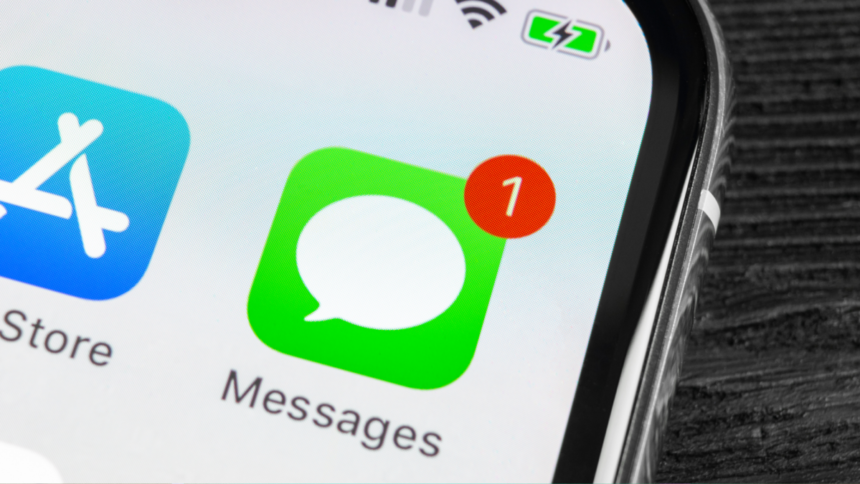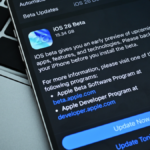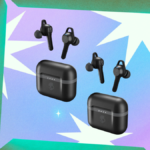Combatting the Surge of Scam Texts
Scam messages are increasingly rampant. Fraudulent texts claiming to be from the DMV regarding unpaid traffic fines, your state’s transportation agency about outstanding tolls, or even misleading wrong number notifications are all deceitful. The primary aim of these messages is to engage you or prompt clicks on harmful links, which may lead to the disclosure of sensitive personal information.
As these scams evolve, tech companies are beginning to take action. A notable example is Apple’s latest update: iOS 26, which introduces two significant features in the iPhone’s Messages app to help users avoid falling victim to these scams, despite the inability to completely block such messages.
New Spam Prevention Features in iOS 26
The beta version of this update, currently available for testing, allows users to categorize their messages into various sections, such as “Unknown Sender” and “Spam.” When these options are activated in the Messages settings, notifications for messages categorized as such will be silenced, ensuring users are not disturbed by obvious scams.
Moreover, messages filtered into the Spam folder are subject to specific limitations that do not typically apply to standard texts. Firstly, all hyperlinks embedded in spam messages are rendered inactive, encompassing both URLs and phone numbers. This precaution prevents accidental clicks on dangerous links or calls to fraudulent numbers, as users would need to manually copy and paste them, a step most individuals likely won’t take.
Additionally, Messages will not allow responses to any texts categorized as Spam. Scammers often seek interaction to build a rapport and extract sensitive information. By eliminating the option to reply, these predators cannot even verify if your phone number is active, which serves as a strong deterrent against engaging with them.
These straightforward yet impactful modifications significantly reduce scammers’ chances of success by transforming their phishing endeavors into less interactive experiences. The likelihood of inadvertently clicking on a harmful link in spam messages diminishes considerably due to these enhancements in iOS 26.
Addressing False Positives in Spam Filtering
For those who have explored their email’s spam folder, it’s common to find legitimate messages mixed in among the flood of junk. The same could certainly happen with this new spam filtering system. It’s possible that Apple’s technology misclassifies texts, placing messages from a recent acquaintance or an unsaved business contact erroneously into the spam category.
Have thoughts on this?











